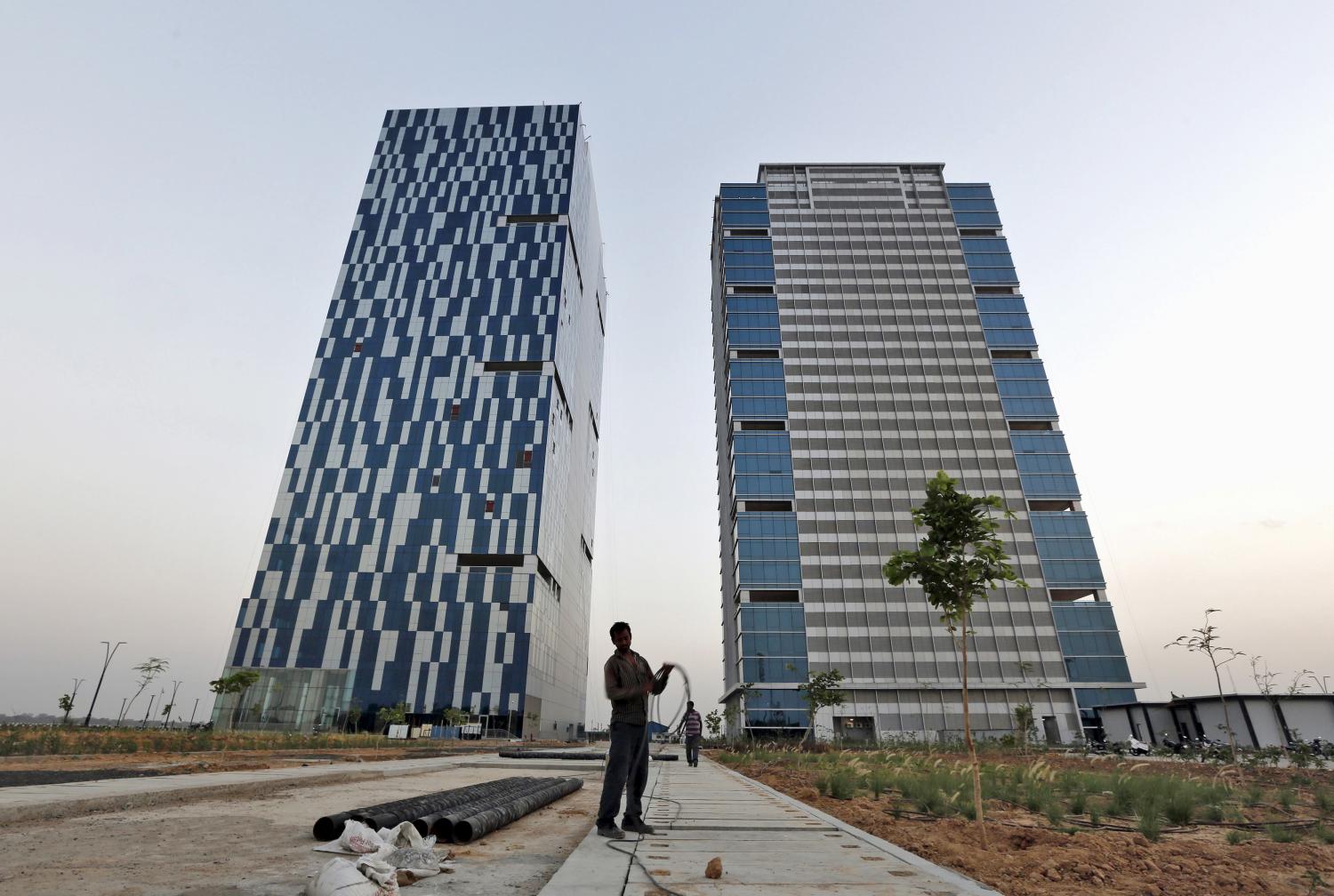Metropolitan areas are the nation’s economic powerhouses, producing over 75 percent of its output and serving as its chief centers of manufacturing, innovation, and opportunity. Such production, though, requires energy—to fuel our cars, homes, and factories.
New research conducted as part of the Global Cities Initiative now enables us to put a number on those demands. The 100 largest metro areas are responsible for 65 percent of our energy imports. They also serve as the major consumers of domestic energy, whether it’s oil refined along the Gulf Coast or coal mined in Wyoming. All told, large metro areas annually purchase almost $688 billion in energy.
Yet, contained within these costs is an opportunity for a metro-led energy revolution. Transitioning to local renewable energy and smart energy efficiencies promises to reduce metro areas’ external energy dependence, improve their carbon footprint, and simultaneously build-out America’s advanced manufacturing industry. Few propositions would be more mutually beneficial.
The current energy regime arose through a number of factors.
First, there’s density. Cities and their surrounding communities prosper by putting people and firms in close proximity to one another. These economic clusters have helped cities prosper for centuries, from the manufacturing centers of the Industrial Revolution to the business centers of the digital age.
Yet, all that density requires metro areas to source certain goods from other markets. Think about land-intensive goods like agriculture and lumber. Can you imagine acres and acres of cornfields in the middle of Manhattan, or major logging operations in downtown Denver?
This is especially true with traditional energy sources. Coal mines and oil wells are frequently located far away from metro areas, or they create noxious conditions unsuitable for proximity to office buildings, housing developments, or both. Some metro areas like Youngstown and Pittsburgh are fortunate enough to have local shale gas resources, but most are not as geologically fortunate. As a result, metro areas usually rely on external energy to drive their economic growth.
That reliance comes at a real financial cost. Chicago and New York need energy to manufacture the chemicals, machinery, and other goods vital to their economies, but it costs them a combined $61 billion to power all the industries in their regions. The same proves true for major production centers like Los Angeles, San Francisco, and Houston that also rank among the nation’s leading energy consumers. Even smaller metros, such as Austin and Providence, depend on more than $2 billion of external energy to meet the demands of their local population and drive their total output, including the production of electronics, precision instruments, and other advanced industrial goods.
Previously, regions could only speculate on their external energy use and what, if anything, they should do about it. By putting a local price on energy imports, though, we can see the imperative in reducing energy consumption and switching to more local energy sources.
Fortunately, strategies already exist to make those improvements. We can strengthen the ability of these areas to generate more energy locally—through renewables and other emerging technologies—which can boost America’s energy output. Metro areas may not be the right place to mine coal, but they’re filled with buildings perfectly suited to collect solar energy. As prices on solar cells continue to fall, for instance, cities and their buildings promise to become the new hotbeds of energy collection. This is the exact approach underway in markets from New York to Sacramento.
Metro areas can also reduce their energy demand through a variety of innovative designs and policy measures, many of which are being replicated across the country. The adoption of energy retrofits is one cost-effective strategy that has gained considerable traction in areas ranging from Chicago to Miami, as they address lighting, water use, and other aspects of their built environment. Offering financial incentives and implementing new regulations locally, such as PACE bonds and energy conservation ordinances, have further aided regions as they strive to improve their energy efficiency.
At the same time, steps taken toward a clean, low-carbon economy can support new industry clusters around the manufacturing of renewable products and “smart city” infrastructure. If metro areas transition en masse to local energy or energy-efficient buildings, governments, local firms and households will need to purchase equipment to make it happen. This will create the necessary demand the sector needs to create economies of scale and make their products more affordable. If we can build these industries at home, energy imports will transform into domestic manufacturing orders.
As the engines of our economy and the primary nodes in global value chains, metro areas will always depend on some form of energy to function. Realizing how much energy they externally source, however, should send a clear price signal to these places as they pioneer ways to minimize their energy needs. Expanding local energy collection promises to reduce that dependence, keep more financial resources within the region, and even build-out American industry.
What’s not to like?
This op-ed originally appeared at
The Atlantic Cities
on October 25, 2013.
The Brookings Institution is committed to quality, independence, and impact.
We are supported by a diverse array of funders. In line with our values and policies, each Brookings publication represents the sole views of its author(s).




Commentary
Op-edWhy Isn’t There a More Robust ‘Local Energy’ Movement?
October 29, 2013